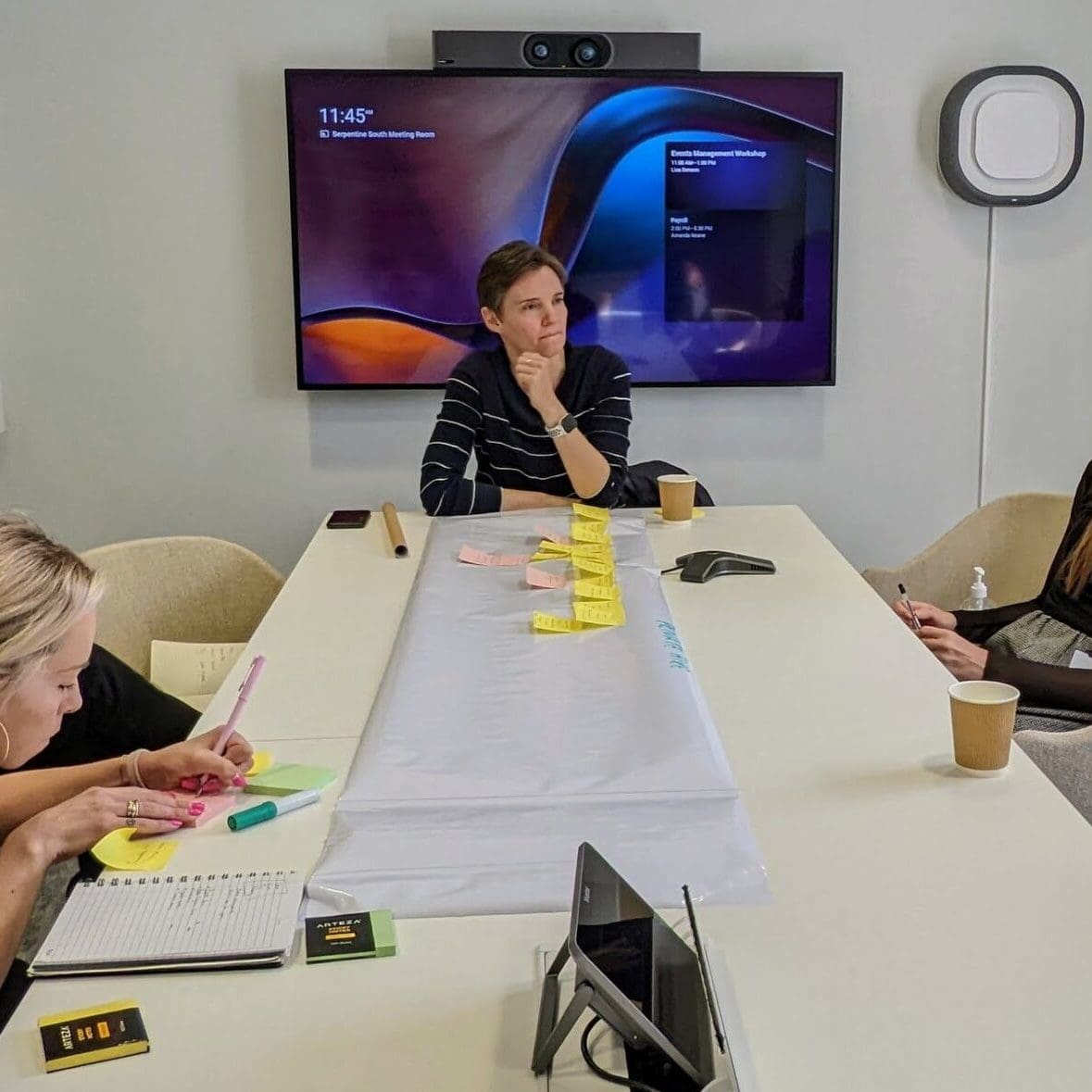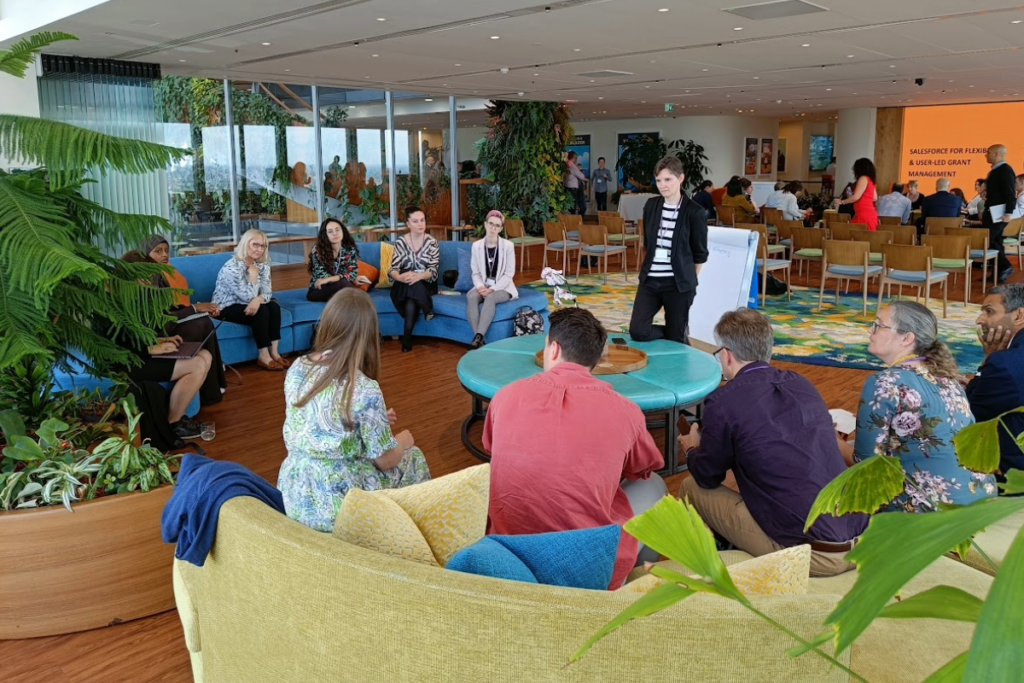The cost of grantmaking: how Service Design helps to reduce the price
Here at Hyphen8 we pride ourselves on staying up to date with the latest news and trends in the non-profit sector. A number of us have grant-making backgrounds and take a particular interest in issues affecting the world of funding. Recently we came across a though-provoking report from the Commission on Civil Society: “Giving Pains: The cost of grant-making” by Caroline Fiennes, Gemma Bull and Sarah Sandford. This report delves into the cost of application processes and the impact this has on the sector. It is especially relevant in the midst of the UK’s cost of living crisis, with many charities struggling to make ends meet.
Applying for grants costs £900 million a year
The report sheds light on the staggering amount of money spent on applying for grants each year. It reveals that charities in the UK collectively spend around £900 million on applications to charitable trusts and foundations. What’s concerning is that smaller charities bear the brunt of this burden, often submitting numerous applications that are either ineligible or have little chance of success. Black and minority ethnic-led charities are heavily impacted as they tend to be smaller in scale and face higher barriers to accessing funding. Grant-makers who strive for equitable funding should pay close attention to the implications of this report.








